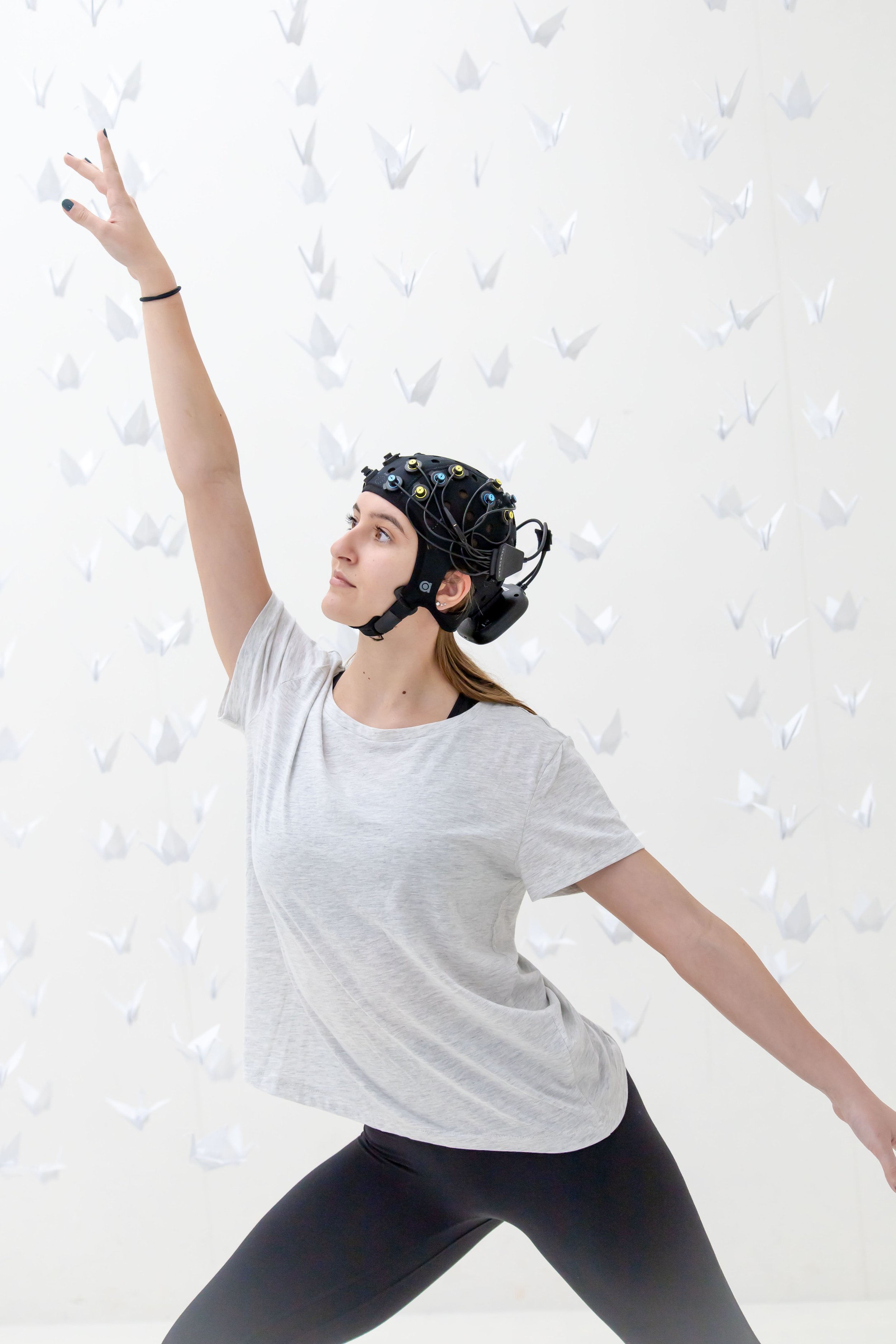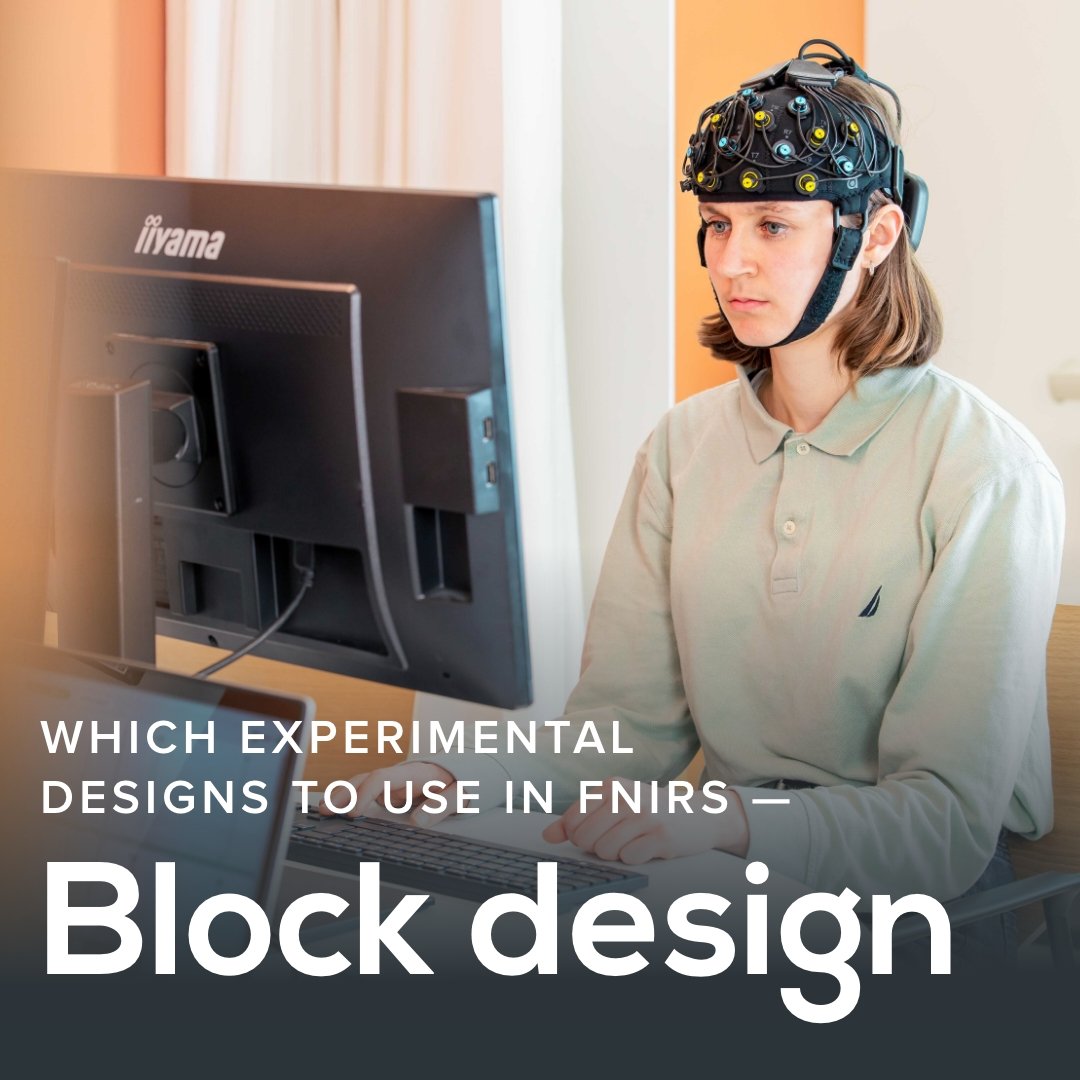OxySoft 4.0 – Facilitating NIRS data acquisition and analysis
In this blog post, we discuss the recently implemented features in our latest OxySoft version 4.0. If you would like to learn more about the devices that are compatible with this update, read this blogpost.
Near-Infrared Spectroscopy (NIRS) is a relatively new technology with a high potential to non-invasively and portably monitor brain and muscle activity. Hence, novel hardware and software solutions to further enhance data analysis and quality are continuously developed. We constantly work on implementing and improving our software and devices, to facilitate (f)NIRS research and analysis.
Therefore, we recently released our new OxySoft version 4.0, which comes with additional features to facilitate NIRS data acquisition and analysis. In this blog post, we present a short description of all features that are implemented in OxySoft 4.0 and give short explanations of how to use them.
SNIRF Export
SNIRF, which stands for shared near-infrared format, is a data format created by NIRS researchers worldwide to facilitate NIRS data sharing and analysis. Data stored as .snirf can be directly imported into various open-source analysis toolboxes, including Homer3. To learn more about the .snirf format, please read our blog post OxySoft 4.0 unlocks easy export of NIRS data to .snirf format.
To further simplify the use of. snirf data file, we now implemented an option to export your acquired data in OxySoft directly to this format. This makes usage of our oxysoft2matlab converter needless.
2. Offline Recovery Tool
To ensure a wireless connection to OxySoft, most of our devices use Bluetooth when measuring NIRS data. In rare cases, e.g. when leaving the Bluetooth range, connection loss can occur. This might lead to missing samples in the (f)NIRS data. For these cases, we now implemented a recovery tool giving researchers the opportunity to easily retrieve data in just a few clicks.
3. Device Event Mapping
Inserting events to mark important time points is crucial in many experimental designs used in (f)NIRS research, for instance, to tag the start or end of a task, rest, or baseline period. To be able to insert events easily during both online and offline measurements, some of our devices are equipped with an event button.
Further, events or triggers can also be used to synchronize your data, in case a multimodal set-up is chosen, for instance when combining fNIRS with EEG. As a hardware solution for synchronization, we offer the PortaSync which enables sending triggers to OxySoft and third-party software to ensure perfectly synchronized data.
In OxySoft 4.0 it is now possible to perform event mapping for events inserted using (device) hardware. Event keys, which can be alphabetic characters from A to Z, can be assigned to the button. By pressing the buttons, events using the assigned letter are automatically inserted in OxySoft. This can make additional steps, such as converting triggers of the PortaSync to events, superfluous and facilitates event usage and synchronization.
4. Intuitive Signal Quality Assessment
Achieving good signal quality is crucial when performing (f)NIRS studies. Therefore, in OxySoft 4.0 we aim to further improve options and layout to check for appropriate data quality.
For this reason, we developed and implemented the Signal Quality Index (SQI), an algorithm, which rates signal quality on a numeric scale from 1 to 5 for quick and easy data check. Further, we improved the user interface to easily understand signal quality per channel.
Figure 1: Updated user interface in the Template DAQ state window of OxySoft 4.0 indicating good and bad signal quality
5. User Support and Feedback
As we value customer feedback to further improve our software, OxySoft 4.0 offers different options to request new features, report potential bugs, and provide general feedback.
This can be easily done in OxySoft by going to the “Help” window. The feedback will be processed and we will get back to you about it as soon as possible.
In case of any specific questions regarding one of the OxySoft 4.0 features mentioned above, please feel free to contact us at askforinfo@artinis.com.









In fNIRS, achieving high data quality is crucial for reliable results, but can still bear challenges due to hair or skin pigmentation, especially when using fNIRS systems with higher channel number. In this blogpost, we present automated signal quality assessment methods that can serve as an efficient solution to detect good and poor data quality in fNIRS measurements.